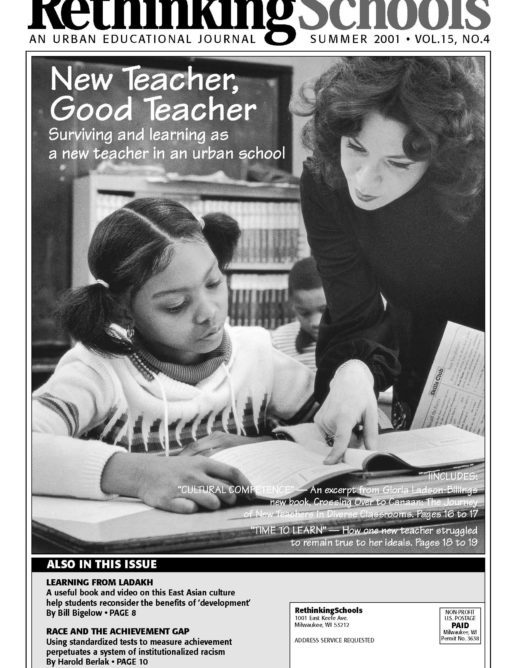Preview of Article:
Questions are the Answer
A high school teacher poses the question, "What is global literacy?"
Locate Brazil on a map. Identify the main points of the Treaty of Versailles. Recognize one of four pictures as the Parthenon.
These are what the proponents of standardized testing might tell you is global literacy. But memorizing a bunch of facts is not global literacy. Being able to read the world is much more than being able to read a map. Recently, my students helped me to a deeper understanding of global literacy.
We were halfway through the third quarter of Junior Global Studies at Franklin High in Portland, Ore. I wanted to “do a unit” on Colombia and the U.S. aid package (Plan Colombia). But I didn’t have the time or energy to develop a new role play or a fancy simulation. I had a good videotape and a few articles I had gotten from a variety of sources. But I wasn’t sure how I was going to use them. It would come to me, I told myself as I walked into the classroom.
I fell back on an old teacher standby — the pre-unit brainstorm. I asked students what they already knew about Colombia and what they wanted to know.
They made their list of what they already knew. It wasn’t much. Out of two classes, most students were able to tell me: Colombia is in South America; it grows coffee; the people are Spanish-speaking. A few were able to tell me that it grows marijuana and cocaine. Two knew that there was some drug war going on; and only one knew that the United States was involved and that there are some rebel/guerrilla groups involved.</p

